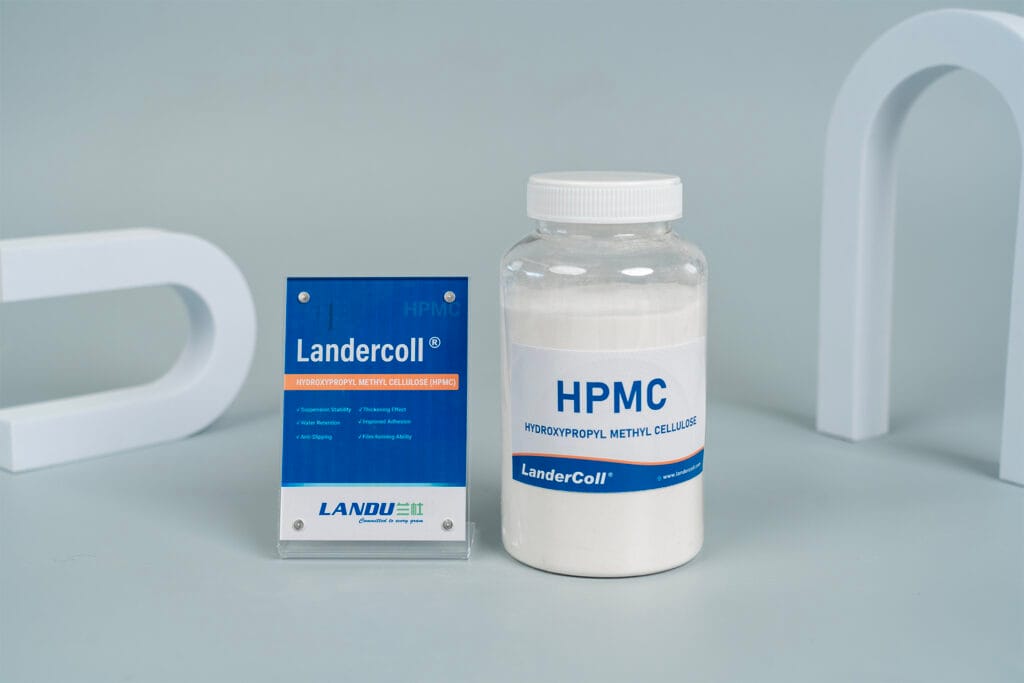What is Oil Well Cementing?
- Stabilizing Wellbore Integrity – To isolate unstable or fractured formations, reinforce drilled sections, and ensure smooth drilling progress.
- Supporting Wellhead Installation – To provide a foundation for blowout prevention systems and maintain proper mud return flow by elevating the drilling fluid outlet above the mud pit.
- Zonal Isolation – To prevent crossflow between oil, gas, and water layers with varying pressures, ensuring optimal hydrocarbon production conditions.
- Protecting Freshwater Resources – To shield shallow freshwater aquifers from contamination by deeper oil, gas, brines, or other formation fluids.
- Enhancing Production Potential – To establish a secure well structure for future stimulation treatments, such as acidizing and hydraulic fracturing, to boost production.
Cementing Technology Application In Russia
- In recent years, casing damage in Russian oilfields has surged from 17% to 38%, resulting in an annual production loss of approximately 7.6–16.6 million tons of oil. In 2015, Rosneft reported around 1,900 damaged wells, leading to a cumulative loss of 9.01 million tons, while Tatneft documented nearly 800 affected wells, reducing output by 1.09 million tons. Across eight major oil companies, casing failure rates ranged from 1.78% to 4.13%.
- A key countermeasure is enhanced well cementation, as demonstrated in the Romashkino Field, which operates over 40,000 production wells, 70% of which are over 30 years old. Common casing damage includes corrosion and perforation, with average external corrosion rates of 0.8–1.2 mm/year and internal corrosion at 0.9–1.5 mm/year.

How To Improve The Efficiency of Oil Well Cementing?
- Advanced Cement Placement Techniques
- Employ centralizers and pipe movement (rotation/reciprocation) to eliminate mud channels and improve uniform cement coverage.
- Utilize computational fluid dynamics (CFD) simulations to predict and optimize cement displacement efficiency.
- Robust Zonal Isolation Methods
- Implement multi-stage cementing for high-pressure or depleted zones.
- Apply expandable casing patches or resin systems in critical intervals.
- Real-Time Monitoring & Evaluation
- Use acoustic and pressure sensors to detect micro-annuli or weak spots.
- Conduct ultrasonic imaging (CBL/VDL logs) post-cementing for quality assessment.
- Corrosion & Chemical Resistance Measures
- Integrate H₂S-scavenging additives or epoxy-coated casing in sour environments.
- Apply zinc or aluminum-based coatings to mitigate electrochemical degradation.
- Precise Slurry Design & Material Optimization
- Use customized cement formulations with quality admixtures to enhance rheology, strength, and set time.
- Improve fluid loss control to prevent gas migration and ensure proper bonding.
What Additives Can Be Used In Oil Well Cementing?
1. Dispersant and Friction Reducer
Our Solution: Polycarboxylate Superplasticizer
Our NOVASTAR Polycarboxylate Superplasticizer is a high-performance water reducer and dispersant used to optimize cement mortar properties. As one of the synthetic polymeric dispersants, it offers superior efficiency in the following aspects:
- Cement Particle Dispersion
– Reduces slurry consistency by 35-50% compared to untreated systems
– Enhances rheological parameters: lowers plastic viscosity by 40-60% while maintaining optimal yield point - Temperature Adaptability
– Effective performance spectrum: 30°C to 180°C (86°F to 356°F)
– Maintains dispersion stability under thermal cycling conditions - Salt Tolerance
– Demonstrates consistent performance in 5-10% NaCl environments
– Compatible with various water sources without purity requirements - Compatibility Profile
– Synergistic with all API-class cement additives
– No adverse interactions with fluid loss controllers/retarders/antifoams

2. Cement Fluid Loss Control Additive
- Preventing Premature Dehydration in permeable formations is particularly critical during liner cementing operations.
- Shielding Water-Sensitive Formations from damage caused by fluid invasion.
- Enhancing Squeeze Cementing Efficiency by maintaining slurry integrity under high-pressure differentials.

Our Flagship Multi-Functional Fluid Loss Additive: HPMC
LANDERCOLL HPMC is a modified cellulose ether widely used as a water-reducing agent. As a water-soluble polymer, it helps stabilize drilling mud by reducing fluid loss into permeable formations while maintaining rheological properties. LANDU provides diverse types of HPMC for cementing applications, including:
- HPMC For Low-Density Systems
– Specifically formulated for fragile formations and lost circulation zones.
– Maintains excellent fluid loss control (<50mL/30min) at densities as low as 1.20 SG. - HPMC For High-Density Applications
– Optimized for HPHT wells and deepwater environments.
– Delivers <30mL/30min fluid loss in slurry densities up to 2.60 SG. - HPMC For Conventional Density Slurries
– Universal solution for most standard cementing operations.
– Provides reliable <50mL/30min API fluid loss control. - HPMC For Seawater Mixing Applications
– Corrosion-resistant formulation for offshore operations.
– Maintains stable performance in high-salinity environments.
- Broad temperature adaptability: Consistent performance across varying downhole conditions.
- Dose-proportional thickening time: Predictable retardation based on concentration.
- Compatibility: Harmonious interaction with all types of oilwell cements and additives without adversely affecting:
- Viscosity buildup
- Thixotropic gelation
- Compressive strength development
- Controllable performance: Reliable thickening time prediction and repeatability.
- Safety & environmental compliance: Non-toxic, non-flammable, pollution-free, and resistant to contamination.
Comparative Analysis of Common Retarders
- Citric Acid & Sodium Citrate
- Primary Function: Retardation (mild effect), with secondary dispersing ability.
- Dosage Sensitivity:
- Minimum effective dose: 0.5% BWOC (Below this threshold, may accelerate setting).
- Optimal dose range: Stable retardation beyond a critical concentration, with minimal sensitivity to small variations.
- Limitations:
- Weaker dispersion effect compared to specialized dispersants.
- Performance varies significantly depending on cement class.
- Tartaric Acid & Potassium Sodium Tartrate (Rochelle Salt)
- Key Features:
- Exceptional high-temperature retardation (up to 180°C+).
- Mild dispersing effect (supplements rheological improvement).
- No strength degradation in set cement.
- Practical Challenges:
- Increased free water & fluid loss – necessitates the use of fluid loss additives (FLAs).
- High sensitivity to alkaline contamination can lead to unpredictable setting behavior, making it less favored in field operations.

Our Recommendations: Amino-Based retarder
- Amino-Based Retarder is a specialized chemical additive used to delay the setting of cement slurries by slowing down the hydration reactions of Portland cement. These retarders are particularly valuable in deep, high-temperature (HT/HPHT) wells, where standard retarders (e.g., lignosulfonates or organic acids) may degrade or become ineffective.
Mechanism of Retardation
- Chelation & Adsorption:
- Amino groups (–NH₂, –NH–) form complexes with Ca²⁺ ions in the cement, inhibiting the formation of C-S-H (calcium silicate hydrate) gel, which is critical for cement hardening.
- Adsorbs onto cement particle surfaces, creating a barrier that delays water penetration and hydration.
- pH-Responsive Action:
- More effective in alkaline conditions (typical of cement slurries, pH ~12–13).
Advantages Over Conventional Retarders
| PROPERTY | AMINO-BASED RETARDER | LIGNOSULFONATES | ORGANIC ACIDS (E.G., CITRIC/GLUCONIC) |
|---|---|---|---|
| HIGH-TEMP STABILITY | UP TO 250+°C | DEGRADES >120°C | DEGRADES >150°C |
| DOSAGE EFFICIENCY | LOW (0.1-0.5% BWOC) | HIGH (0.5-2% BWOC) | MODERATE (0.3-1% BWOC) |
| SALT TOLERANCE | EXCELLENT | POOR | MODERATE |
| SLURRY COMPATIBILITY | WORKS WITH MOST ADDITIVES | MAY INTERFERE WITH DISPERSANTS | SENSITIVE TO pH SHIFTS |

